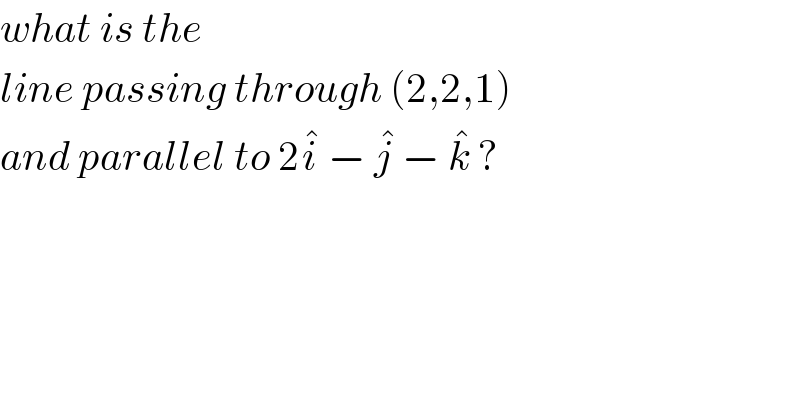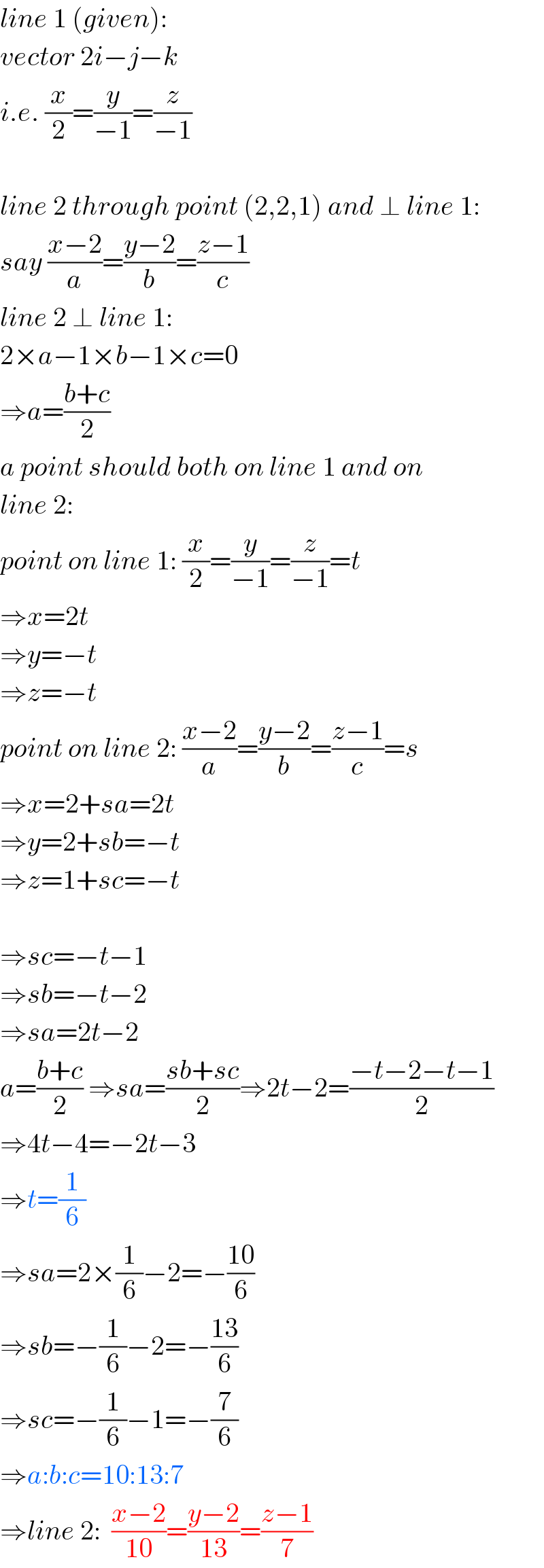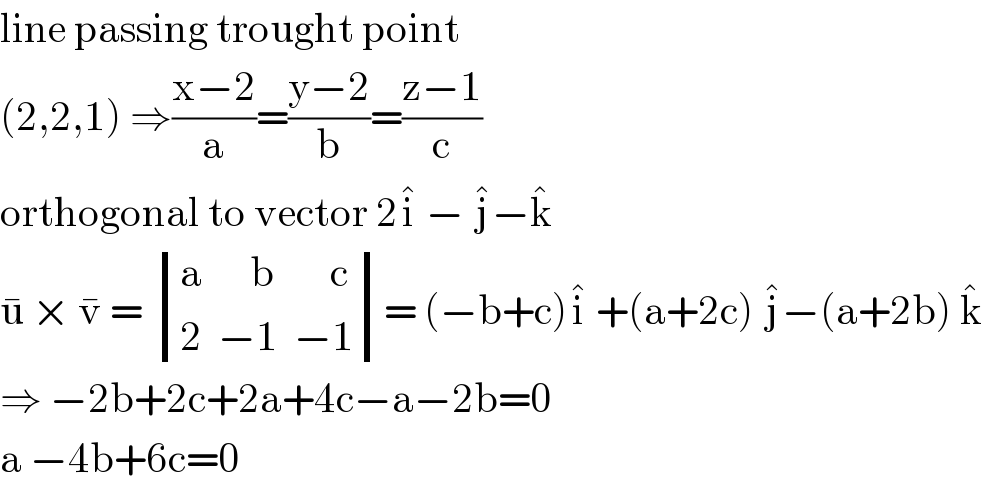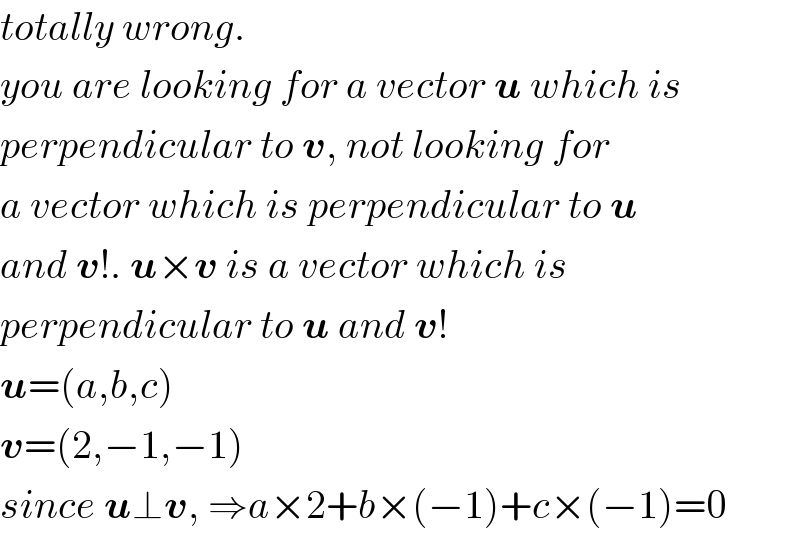
Question and Answers Forum
Question Number 78522 by jagoll last updated on 18/Jan/20

Commented by mr W last updated on 18/Jan/20

Commented by jagoll last updated on 18/Jan/20

Commented by mr W last updated on 18/Jan/20

Commented by jagoll last updated on 19/Jan/20

Commented by mr W last updated on 19/Jan/20

Commented by mr W last updated on 19/Jan/20

Commented by jagoll last updated on 19/Jan/20

Commented by jagoll last updated on 19/Jan/20

Commented by mr W last updated on 19/Jan/20

Commented by jagoll last updated on 19/Jan/20

